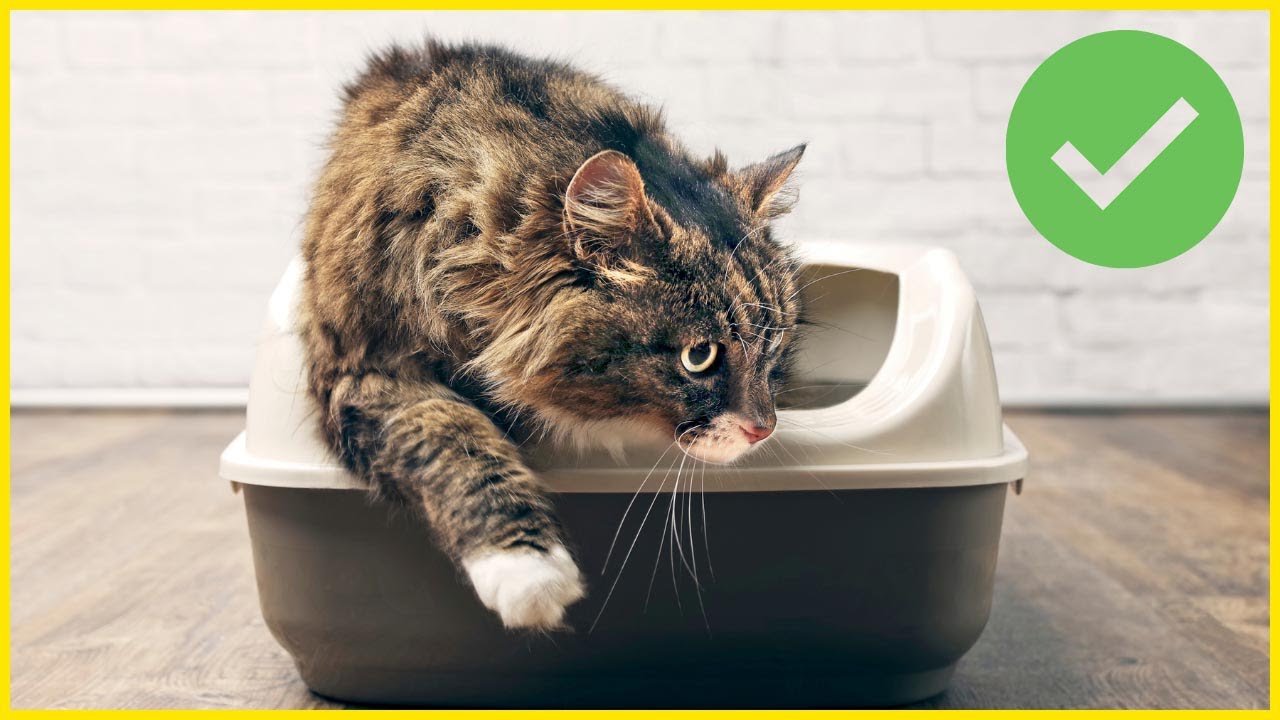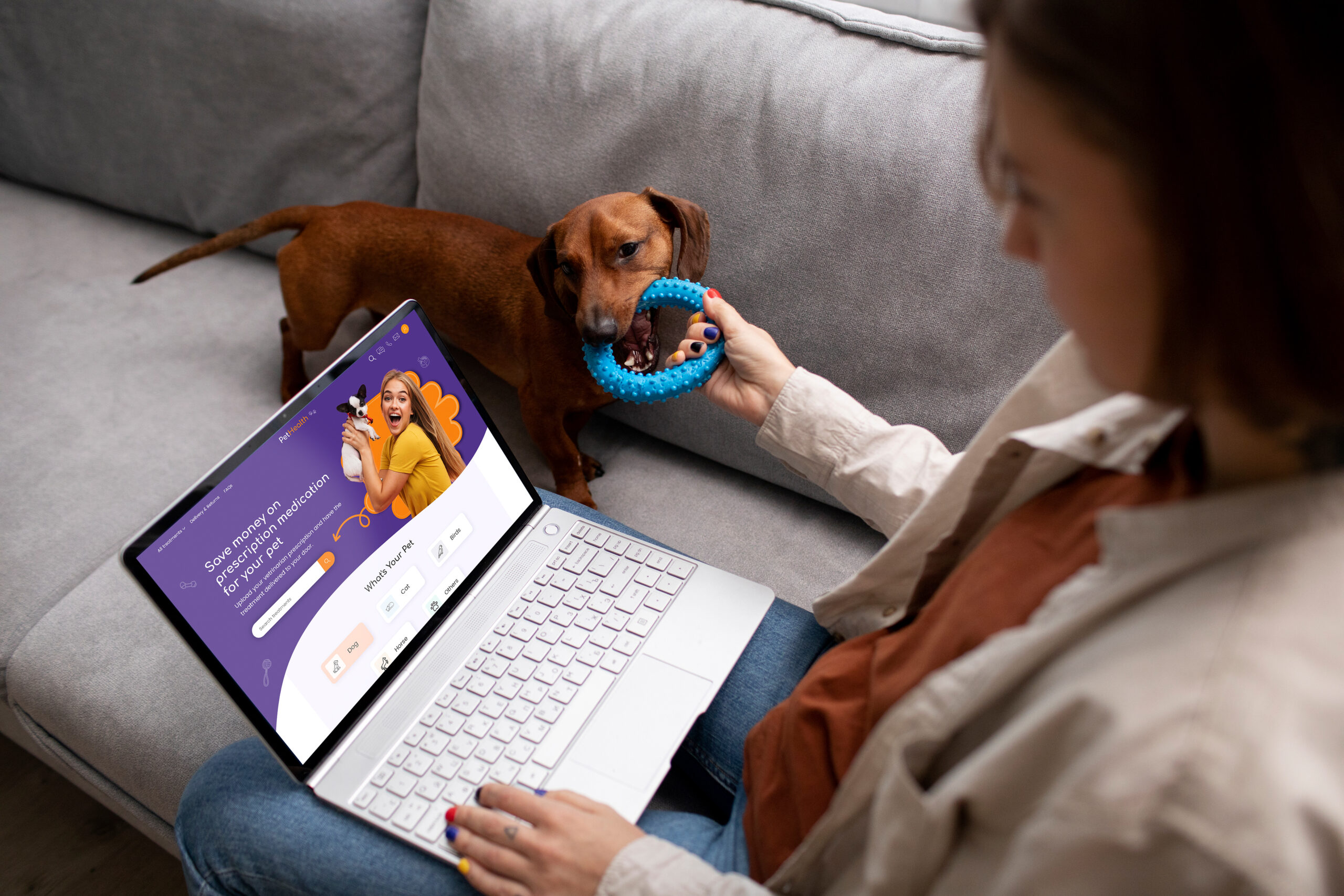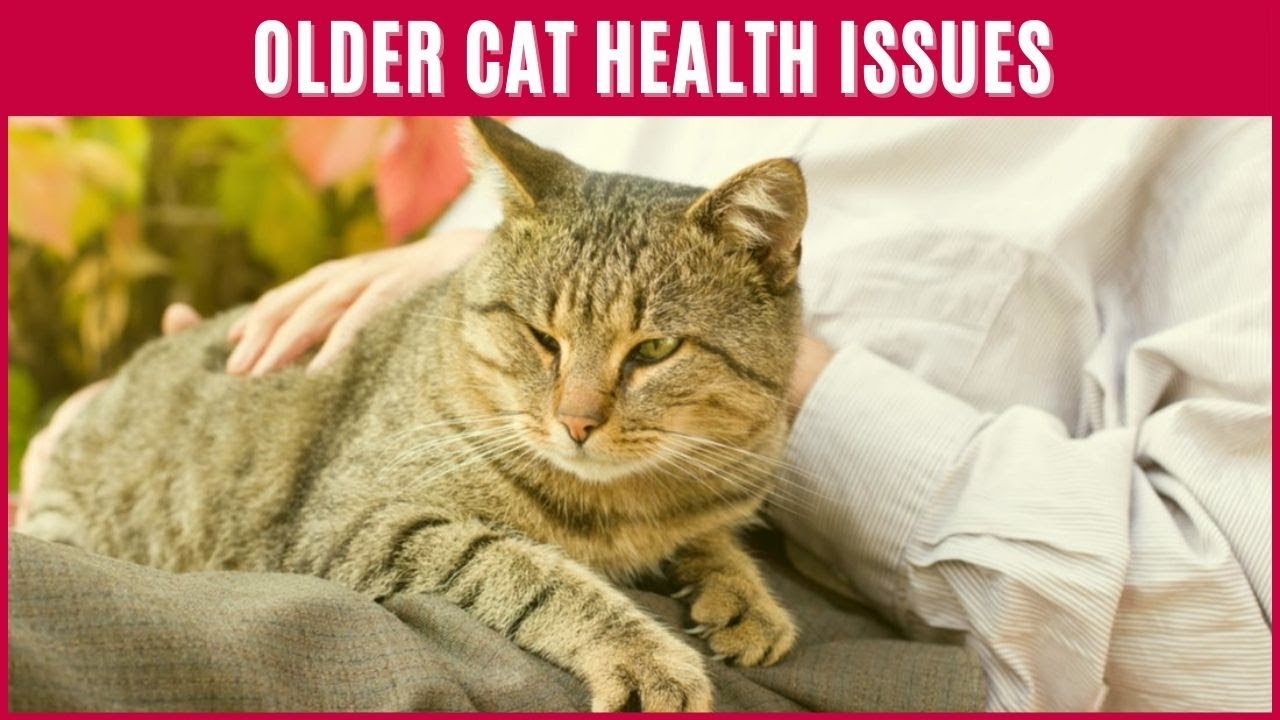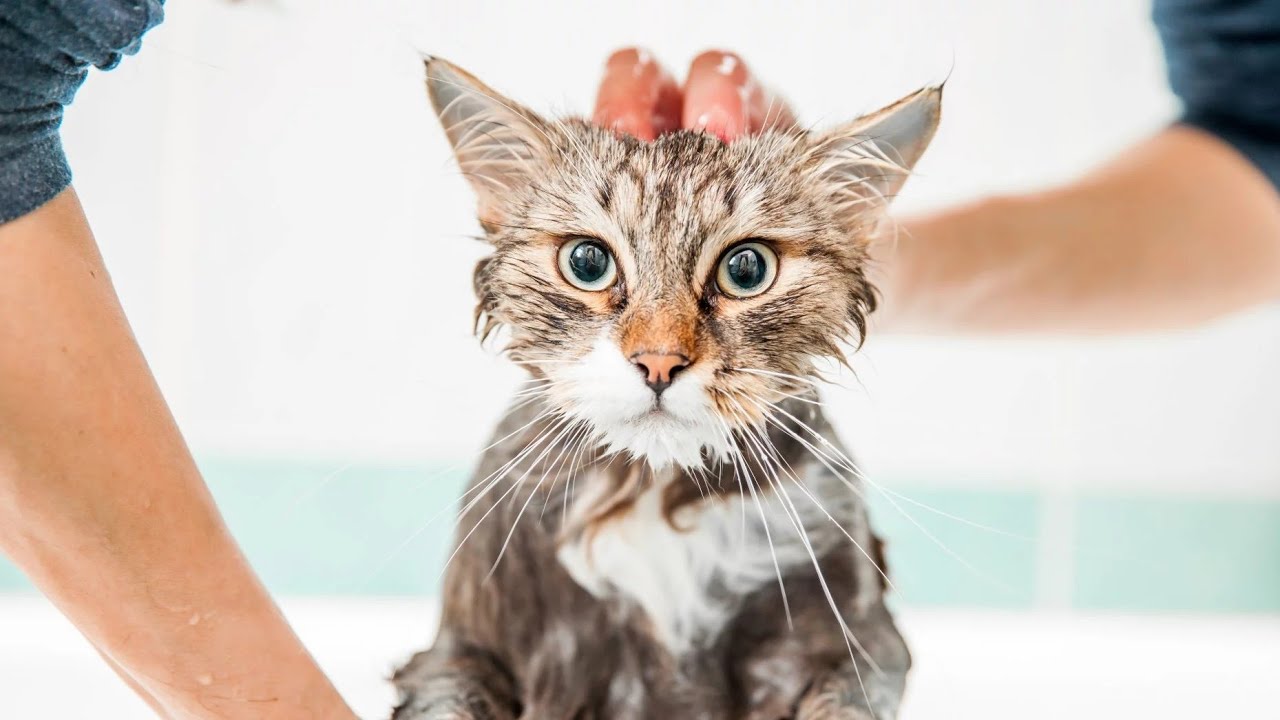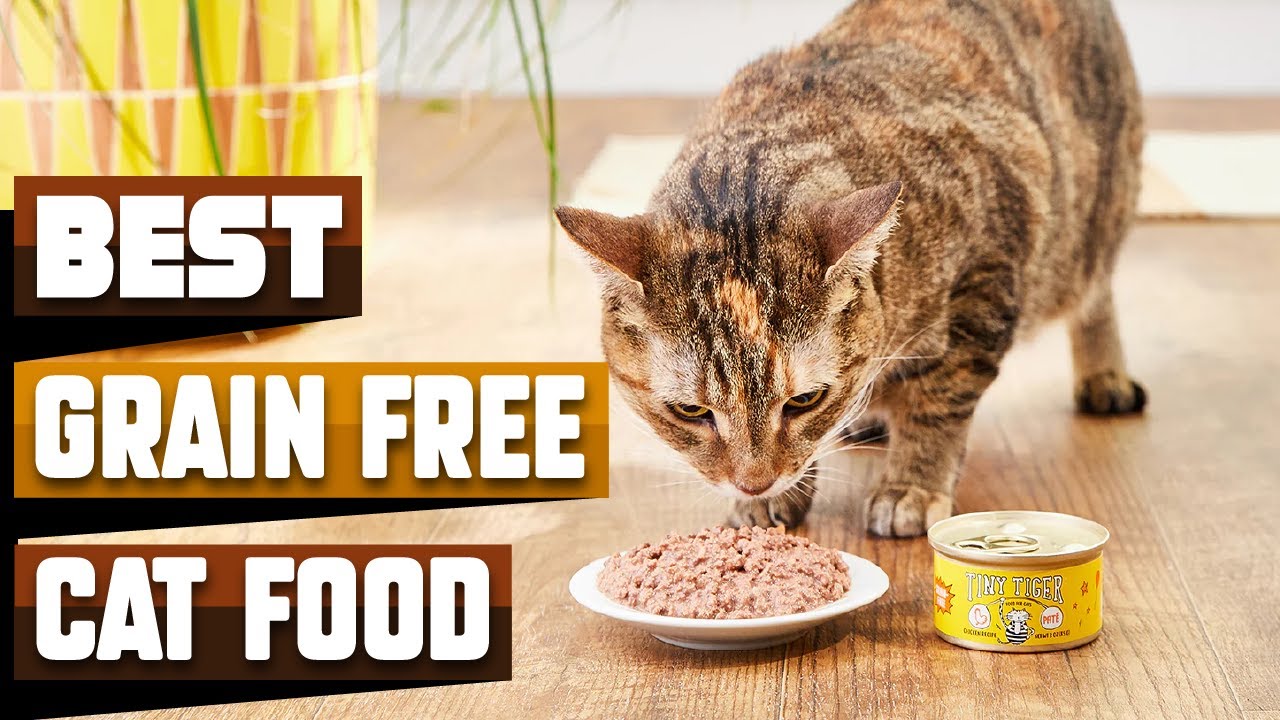As a cat owner, few things are as distressing as seeing your furry friend uncomfortable, especially when they’re struggling with constipation. Cats, known for their grace and independence, can sometimes face digestive issues that prevent them from pooping regularly, leading to discomfort, lethargy, or even serious health complications. Constipation in cats is a common issue, but it’s one that requires careful attention, a gentle approach, and informed action to ensure your pet’s well-being.
Navigating the process of helping a constipated cat can feel overwhelming, particularly for first-time pet owners. Questions about safe remedies, when to seek veterinary care, and how to prevent future episodes often arise. For pet owners in 2025, access to accurate, trustworthy information is crucial to addressing this issue effectively. Whether your cat is straining in the litter box, producing hard stools, or showing signs of discomfort, this guide is here to help.
This comprehensive guide is your definitive resource for helping a constipated cat poop safely and effectively. Let’s dive in and help your cat find relief!
Why Cats Get Constipated
Constipation in cats occurs when stool becomes hard, dry, or difficult to pass, leading to infrequent or painful bowel movements. Understanding the causes is key to addressing the issue:
-
Dietary Issues: Low-fiber diets, insufficient water intake, or eating indigestible items (e.g., hair, bones) can contribute.
-
Dehydration: Cats that don’t drink enough water produce drier stools, making defecation harder.
-
Lack of Exercise: Sedentary cats, especially seniors or indoor pets, may experience slower digestion.
-
Medical Conditions: Issues like megacolon, arthritis, or intestinal blockages can cause constipation.
-
Stress or Litter Box Issues: Anxiety, dirty litter boxes, or discomfort while defecating can lead to withholding.
As a cat owner, I’ve seen my own pet struggle with constipation after a diet change. Recognizing the signs early and acting promptly made all the difference in her recovery.
Signs of Constipation in Cats
Before taking action, confirm your cat is constipated. Common symptoms include:
-
Straining or crying in the litter box
-
Infrequent or no bowel movements (normal is 1–2 times daily)
-
Hard, dry, or small stools
-
Lethargy or decreased appetite
-
Vomiting or abdominal discomfort
Expert Tip: If your cat hasn’t pooped in 48–72 hours or shows severe symptoms (e.g., vomiting, extreme lethargy), contact a veterinarian immediately, as this could indicate a serious condition like an obstruction.
Step-by-Step Guide to Helping a Constipated Cat Poop
Relieving your cat’s constipation requires a gentle, informed approach. Here’s how to proceed safely in 2025:
Step 1: Assess the Situation
Evaluate your cat’s symptoms and recent behavior:
-
Litter Box Habits: Check when they last pooped and the stool’s appearance.
-
Diet and Water Intake: Note any recent diet changes or reduced water consumption.
-
Activity Level: Assess if your cat has been less active or stressed.
Real Example: Sarah, a cat owner in Lagos, noticed her cat, Whiskers, straining in the litter box with no output for two days. By observing his reduced appetite and dry stools, she confirmed constipation and took action.
Step 2: Increase Water Intake
Dehydration is a major cause of constipation. Encourage your cat to drink more:
-
Fresh Water: Provide clean, fresh water daily in a wide, shallow bowl.
-
Water Fountains: Cats are attracted to running water; consider a pet fountain.
-
Wet Food: Switch to or mix in wet food, which has higher moisture content (70–80% vs. 10% in dry food).
Table 1: Hydration Strategies for Cats
|
Method |
Description |
Benefit |
|---|---|---|
|
Fresh Water |
Clean, daily water in bowl |
Ensures basic hydration |
|
Pet Fountain |
Running water source |
Encourages drinking |
|
Wet Food |
High-moisture canned food |
Boosts water intake |
Table Explanation: This table outlines three methods to increase your cat’s water intake, describing each approach and its benefit. Terms like “pet fountain” refer to a device with flowing water, and “wet food” indicates canned cat food.
Step 3: Adjust Their Diet
Dietary changes can soften stools and promote bowel movements:
-
High-Fiber Foods: Introduce vet-approved high-fiber cat food or add a small amount of canned pumpkin (1–2 teaspoons daily, pure pumpkin, not pie filling).
-
Fiber Supplements: Psyllium husk (1/8 teaspoon mixed with food) can help, but consult a vet first.
-
Avoid Human Foods: Never give dairy or oily foods, as they can worsen digestive issues.
Expert Advice: Always transition to new foods gradually over 7–10 days to avoid upsetting your cat’s stomach.
Step 4: Encourage Exercise
Physical activity stimulates digestion:
-
Playtime: Use toys like feather wands or laser pointers for 10–15 minutes daily.
-
Climbing Structures: Provide cat trees or shelves to promote movement.
-
Interactive Toys: Puzzle feeders encourage activity while eating.
When my cat, Luna, was constipated, regular play sessions with a laser pointer got her moving, which helped stimulate her bowels within a day.
Step 5: Try Safe Home Remedies
Some vet-approved remedies can help, but use caution:
-
Pet-Safe Laxatives: Products like Lactulose or Miralax (vet-prescribed) can soften stools. Typical dosage is 1/8–1/4 teaspoon of Miralax mixed with food, but confirm with a vet.
-
Olive Oil: A tiny amount (1/4 teaspoon mixed with food) can lubricate the intestines, but avoid overuse.
-
Grooming: Brush long-haired cats to reduce hair ingestion, which can cause blockages.
Table 2: Safe Home Remedies for Constipation
|
Remedy |
Dosage (with Vet Approval) |
Purpose |
|---|---|---|
|
Lactulose |
As prescribed |
Softens stools |
|
Miralax |
1/8–1/4 tsp daily |
Eases bowel movements |
|
Olive Oil |
1/4 tsp with food |
Lubricates intestines |
Table Explanation: This table lists vet-approved home remedies, specifying dosages (to be confirmed by a vet) and their purpose. “Lactulose” and “Miralax” are laxatives, and “tsp” stands for teaspoon.
Step 6: Maintain a Clean Litter Box
A comfortable litter box encourages regular use:
-
Clean Daily: Scoop waste daily and change litter weekly.
-
Accessible Location: Place the box in a quiet, private area.
-
Large Size: Ensure the box is spacious enough for your cat to turn around.
Step 7: Monitor Progress
Track your cat’s bowel movements:
-
Check the litter box daily for stools.
-
Note improvements or worsening symptoms.
-
If no bowel movement occurs within 24–48 hours of home remedies, contact a vet.
Step 8: Consult a Veterinarian
If home remedies fail or symptoms persist, seek professional help:
-
Veterinary Exam: The vet may perform a physical exam, X-rays, or blood tests to diagnose underlying issues.
-
Treatments: Options include enemas, manual disimpaction (under sedation), or prescription medications.
-
Emergency Signs: Immediate vet care is needed for vomiting, severe lethargy, or abdominal swelling.
Table 3: When to Contact a Veterinarian
|
Symptom |
Action |
Urgency |
|---|---|---|
|
No poop in 48–72 hrs |
Call vet |
High |
|
Vomiting or lethargy |
Visit vet immediately |
Emergency |
|
Hard, dry stools persist |
Schedule exam |
Moderate |
Table Explanation: This table highlights symptoms of constipation, recommended actions, and urgency levels. “No poop” refers to absent bowel movements, and “exam” indicates a veterinary check-up.
Step 9: Prevent Future Constipation
Maintain your cat’s digestive health:
-
Consistent Diet: Stick to high-fiber, wet food diets.
-
Hydration: Ensure constant access to fresh water.
-
Regular Exercise: Keep your cat active with daily play.
-
Routine Vet Visits: Annual check-ups catch issues early.

A cat stays hydrated using a pet fountain, aiding digestion.
Common Challenges and Solutions
Cat owners often encounter obstacles when addressing constipation, but solutions exist:
-
Challenge: Cat Refuses to Drink Water
-
Solution: Try a pet fountain or flavor water with a small amount of tuna juice (vet-approved).
-
-
Challenge: Cat Rejects New Food
-
Solution: Gradually mix new food with the old over 7–10 days to ease the transition.
-
-
Challenge: Persistent Constipation
-
Solution: Consult a vet for diagnostic tests to rule out conditions like megacolon or blockages.
-
Real Example: John, a cat owner in Abuja, struggled to get his cat, Simba, to eat high-fiber food. By slowly mixing pumpkin into Simba’s wet food, he improved Simba’s bowel movements within a week.
Expert Tips for Cat Owners
-
Act Quickly: Address constipation early to prevent complications like megacolon.
-
Consult a Vet: Always seek veterinary advice before using laxatives or home remedies.
-
Monitor Diet: Track how diet changes affect your cat’s digestion.
-
Reduce Stress: Minimize environmental changes that could cause anxiety.
-
Keep Records: Note your cat’s bowel movements and symptoms to share with the vet.
Success Stories from Cat Owners
-
Mary, Lagos: Mary’s cat, Bella, was constipated after eating dry food exclusively. Switching to wet food and adding a pet fountain resolved the issue in days.
-
David, Port Harcourt: David’s senior cat, Max, struggled with chronic constipation. Vet-prescribed Lactulose and regular grooming prevented recurrences.
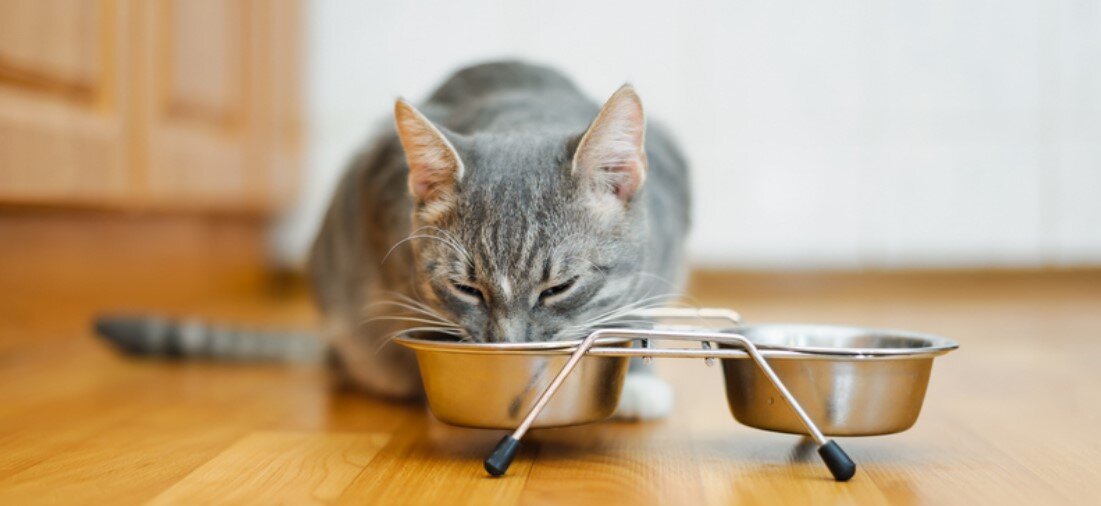
A cat enjoys wet food, a key to preventing constipation.
Long-Term Care for Your Cat
Preventing constipation requires ongoing effort:
-
Balanced Diet: Combine wet food, high-fiber options, and vet-approved supplements.
-
Hydration Stations: Place multiple water bowls or fountains around your home.
-
Active Lifestyle: Engage your cat with toys and climbing structures.
-
Veterinary Support: Schedule biannual vet visits for senior cats or those prone to constipation.
 An active cat enjoys playtime, promoting healthy digestion.
An active cat enjoys playtime, promoting healthy digestion.
Frequently Asked Questions (FAQs)
-
How can I tell if my cat is constipated?
Look for straining, hard stools, or no bowel movements for 48–72 hours. -
What home remedies are safe for cat constipation?
Vet-approved options include canned pumpkin, Miralax, or olive oil in small doses. -
How long can a cat go without pooping?
48–72 hours is concerning; contact a vet if no poop occurs in this time. -
Can I give my cat human laxatives?
No, human laxatives can be toxic. Use only vet-prescribed products. -
How much water should my cat drink?
About 50–100 ml per kg of body weight daily (e.g., 200–400 ml for a 4 kg cat). -
Can diet prevent constipation?
Yes, high-fiber wet food and ample water reduce the risk. -
When should I take my cat to the vet?
If constipation persists beyond 48 hours or if vomiting or lethargy occurs. -
Is constipation common in senior cats?
Yes, due to slower digestion and reduced activity. -
Can stress cause constipation in cats?
Yes, stress from changes like moving or new pets can contribute. -
How do I clean my cat’s litter box properly?
Scoop daily, change litter weekly, and wash the box with mild soap monthly.
Conclusion
Helping a constipated cat poop is a manageable task with the right approach. By understanding the causes, implementing safe remedies, and maintaining long-term care, you can ensure your cat’s comfort and health. Whether it’s adjusting their diet, encouraging hydration, or seeking veterinary care, this guide equips you to act with confidence.
Start by observing your cat’s symptoms and offering more water or wet food today. If constipation persists, consult your veterinarian for tailored advice. Your cat’s relief is within reach—take the first step now!
